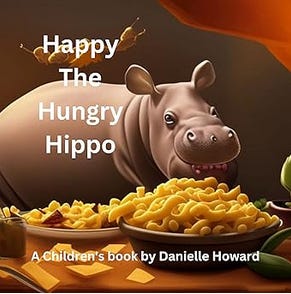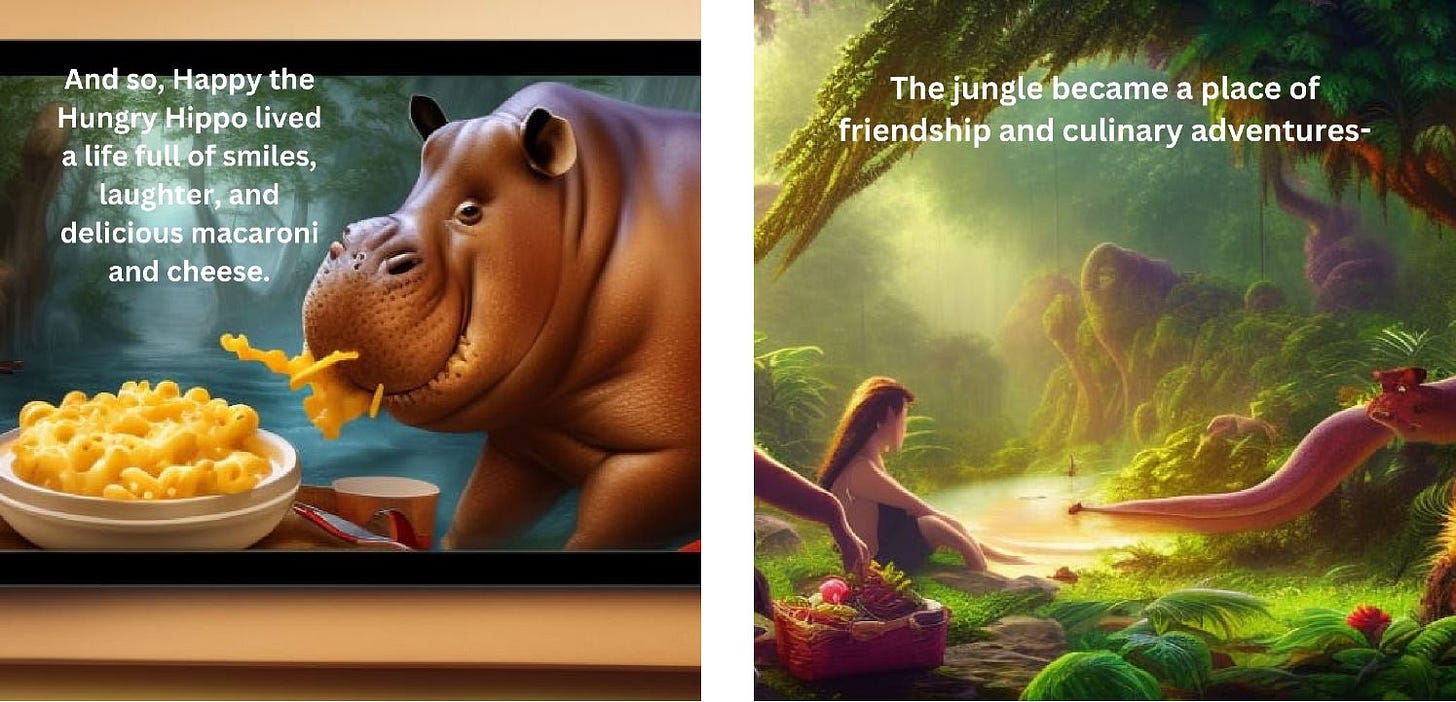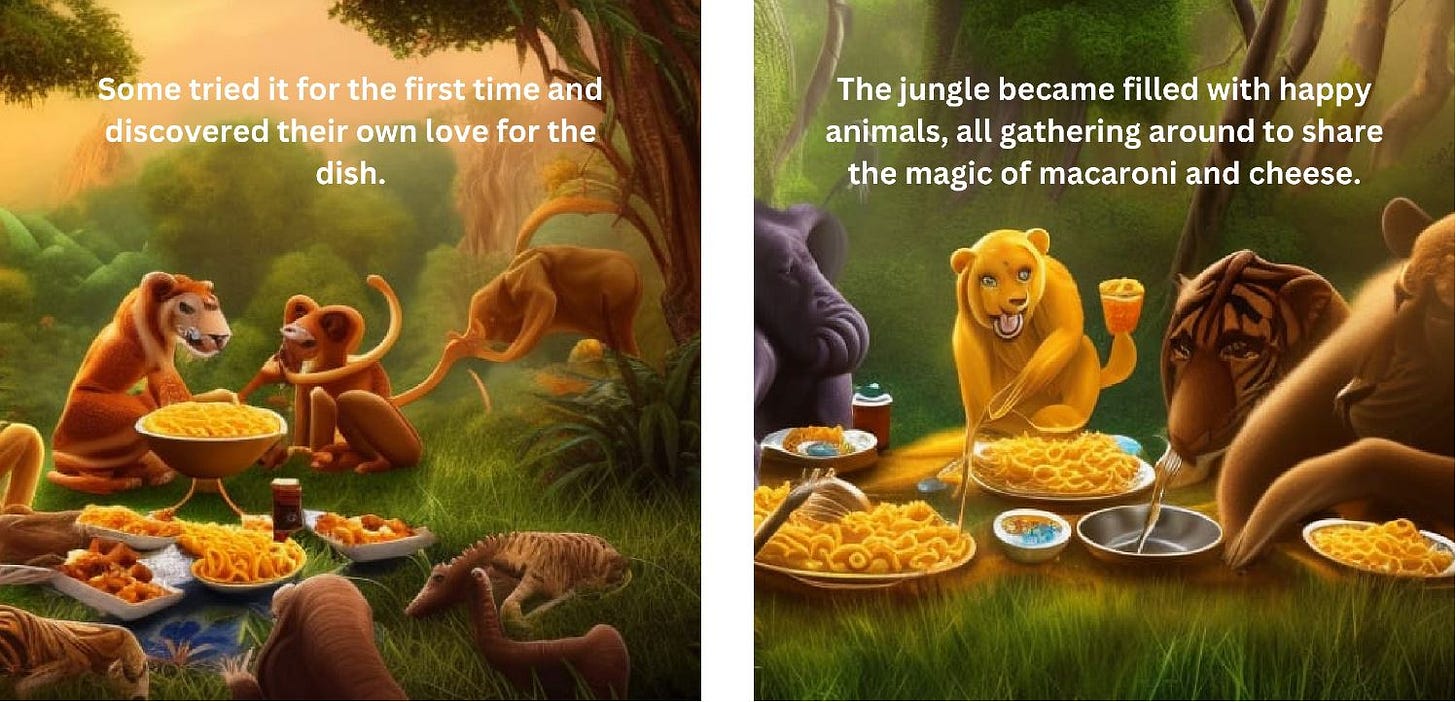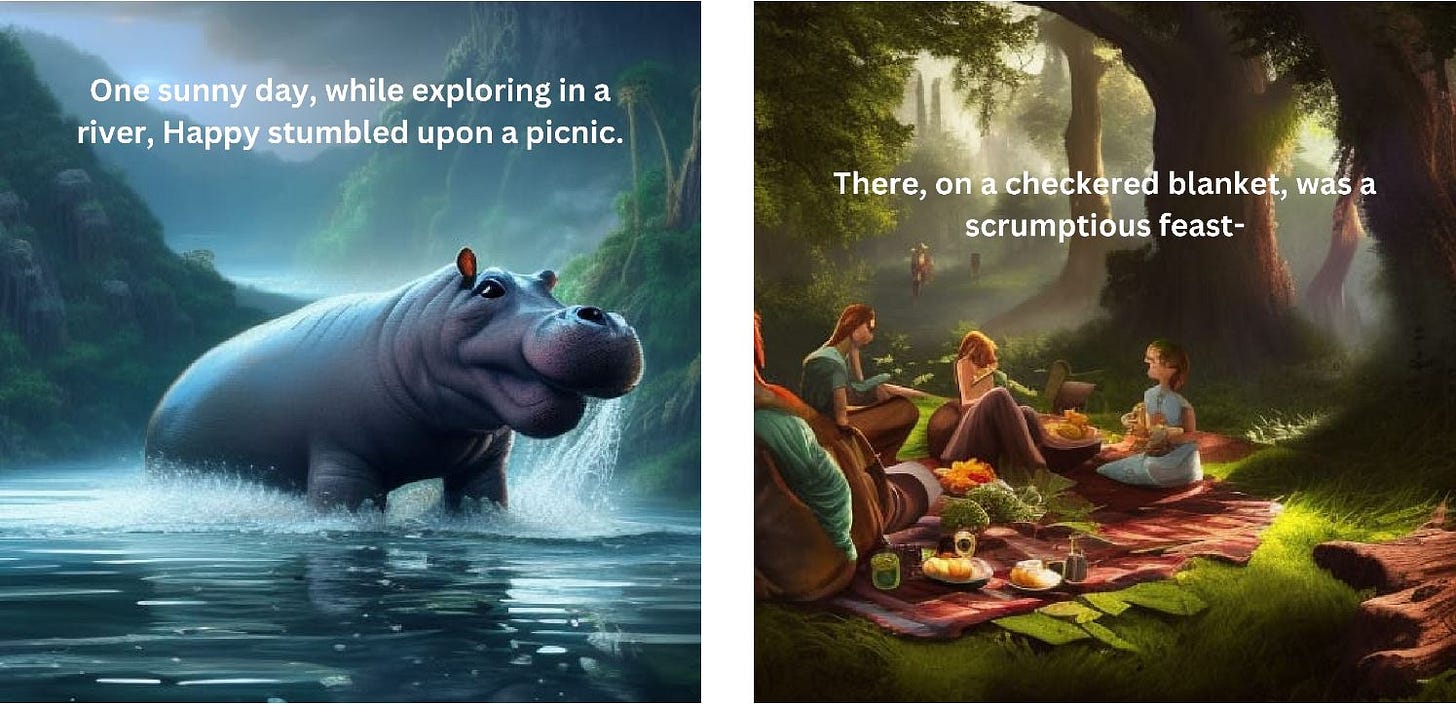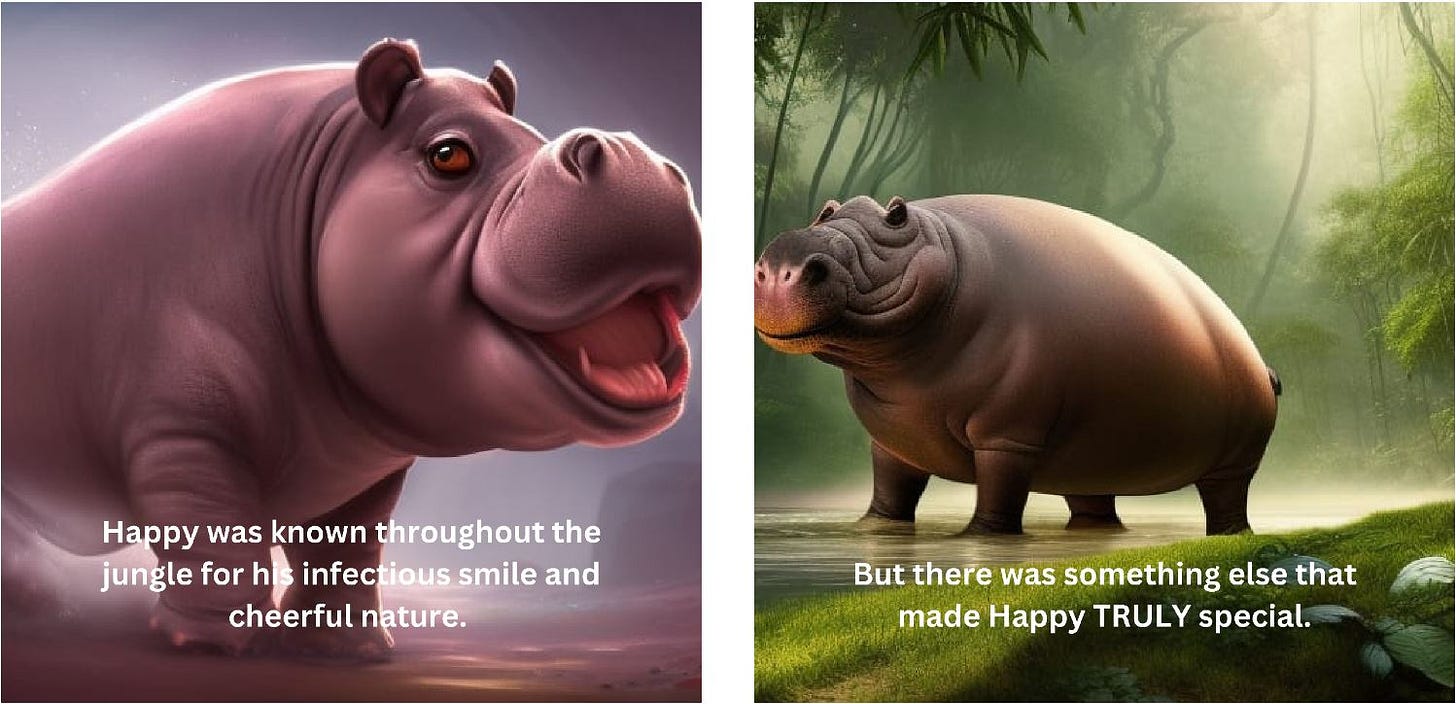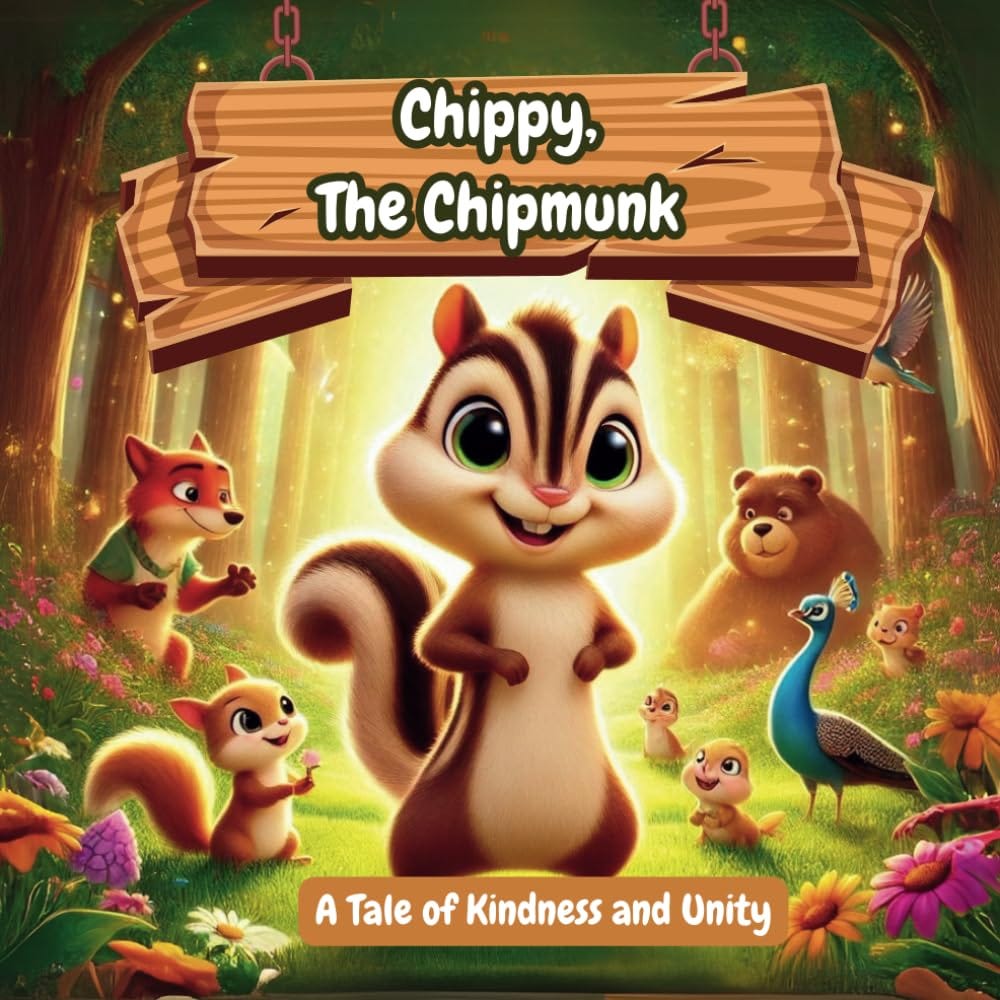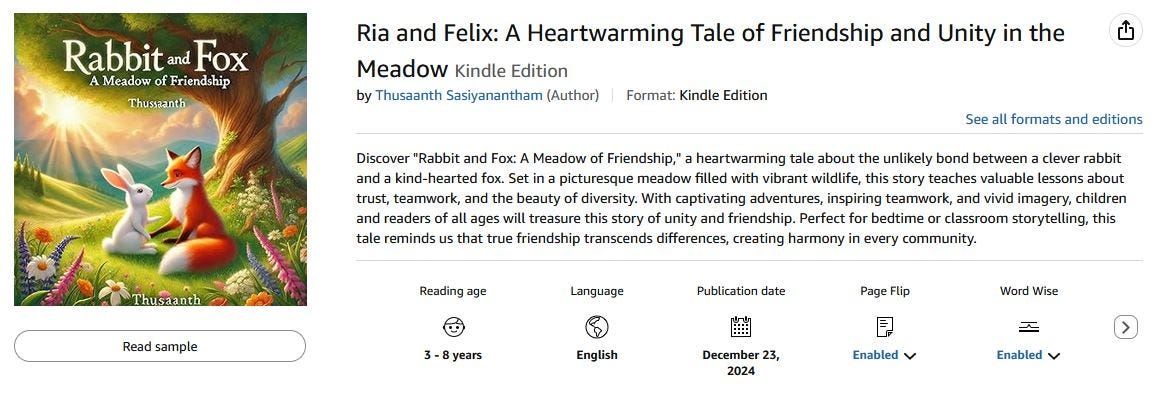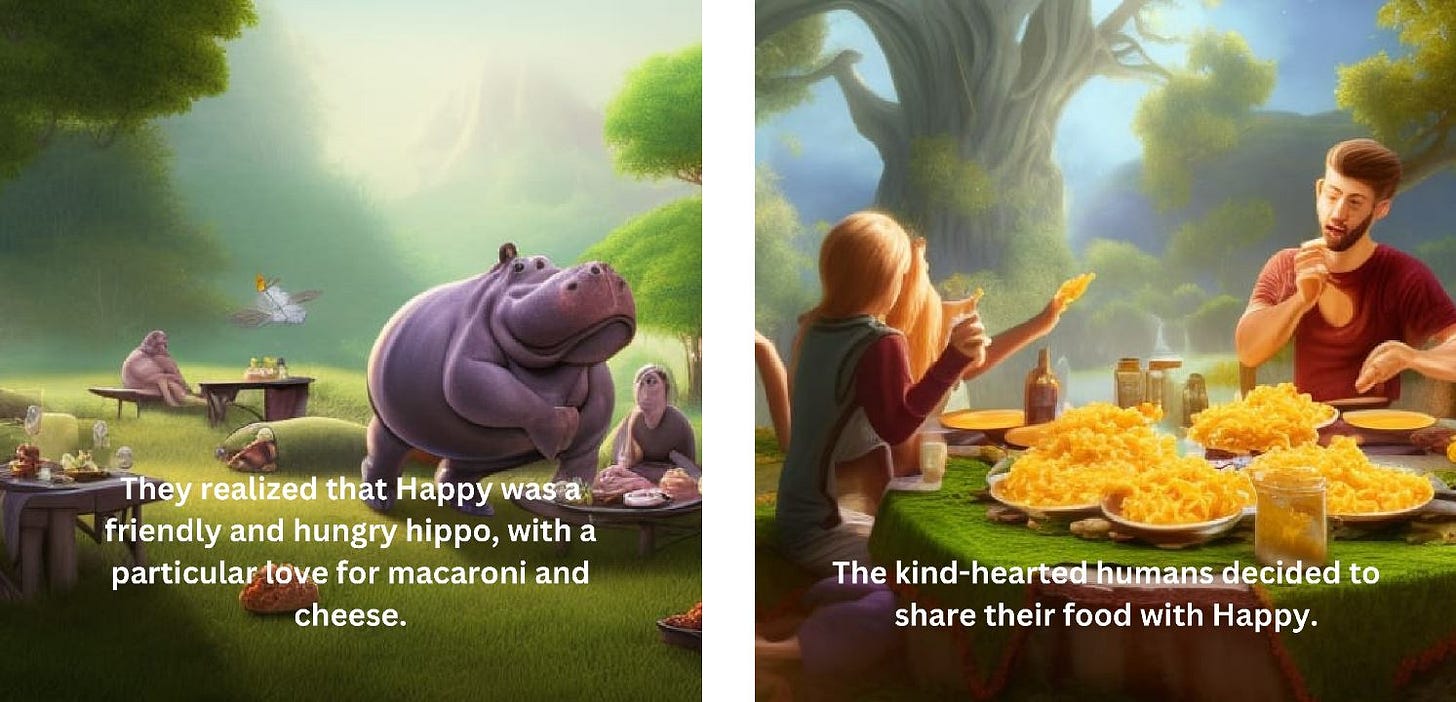My three-year-old daughter is obsessed with Hippos. It all started this Christmas when she heard that ridiculous song, I Want a Hippopotamus for Christmas. For the next two months, she required that I sing it for her every night at bedtime. She learned the words quickly and before I knew it she was walking around the house singing it as loudly as possible. She even added hand motions when singing the part, “to see a hippo-hero standing there”, pointing at the spot next to her where a Hippo should be standing. It’s all quite adorable.
When we asked her what she wanted for her birthday, she replied that she wanted a Hippo. What kind of cake? A hippo cake. Hippo toys, hippo books, hippo everything.
There are surprisingly few Hippopotamus toys out there, so we ended up getting her a hippo stuffed animal, a hungry hippos game, and both sets of grandparents each got her a hippo children’s book. One was Fiona, a book about the baby hippo born at the Cincinnati Zoo in 2017. It wasn’t great, but it’s not the worst children’s book I’ve had to read over the 9 years I’ve spent raising 4 children. The other book was Happy The Hungry Hippo.
Happy is a cheerful hippo with a passion for macaroni and cheese. He wanders the jungle looking for macaroni and cheese. Whenever he smells macaroni and cheese his mouth waters and he follows the delicious scent, hoping to find a bowl of macaroni and cheese. Did I mention that he has a favorite food? You may have already guessed by looking at the picture (or gleaned it from the title of the article), but Happy is AI-generated. By now many of us recognize the styles frequently used by AI image-generators. Glossy and too perfect, but with strange inconsistencies. What is that object above Happy, half hidden in the title? Why do some of the noodles look so strange? Is this hippo supposed to look menacing or cute?
They say not to judge a book by its cover, and the cover is truly the best part of this book. The images inside are essentially random. First a jungle with no hippo. Then a hippo with no jungle. Finally a hippo in a jungle, but missing a face. Then a hippo in a room next to a bowl of macaroni and cheese, but its disturbingly aggressive look makes me wish the faceless one would come back. Each hippo looks completely different from the last one, each location bears no resemblance to the location of the previous page, and many of the pictures are grotesque. In some pictures, there are humans without faces. In others, the humans could have been drawn by Picasso, featuring uneven eyes and bizarre proportions. Towards the end of the book, there is a possibly half-naked woman staring into a lagoon while something that can only be described as a 12-foot-long tongue extends to the lagoon from somewhere out of frame.
The plot of the book is incredibly trite, even compared to other children’s books. The hippo is happy and pleasant and loves…well you know what. He wanders the jungle looking for it when one day he comes across some humans having a picnic. They are nervous at first, but decide to give him some. He is very happy. The other animals see his happiness and decide to all join in and eat macaroni and cheese together, despite many of them clearly being the result of Dr. Moreau’s experimentation.
The book is so bad, it doesn’t seem that a human even bothered to proofread it. They grabbed the first picture that was generated and slapped it on some AI-generated text. But somehow, it ended up in my hands during one of the most sacred rituals parents have maintained for generations: the reading of the bedtime story. I didn’t think to proofread it myself before reading it to my children, why would I need to? I can tell the cover is AI-generated now, but at the time I didn’t look that close. I didn’t know I needed to be suspicious of a children’s book. It dawned on me as I started to read, and my horror grew with the turning of each page, but what could I do? This was a gift from my daughter’s beloved grandmother about the animal she loves most. If I stopped reading it, there would be tears and screaming and neither of us would be going to sleep any time soon. So I grit my teeth and kept reading. Afterward, I removed the book to somewhere she wouldn’t see it again and hoped that she would forget its existence. But I can’t stop thinking about it. I keep returning to the same questions:
How could this happen?
Also, why do I care so much?
The grandmother in question got this book from Amazon. She was looking around for hippo books and found one that looked high quality and fun. How far wrong can you go with a book about a hippo that likes macaroni and cheese? Like me, she didn’t think she needed to proofread it. Traditionally, getting a children’s book published required going through a publishing company. They have to spend a lot of money upfront to print lots of books, not knowing if people will buy them, so they are careful to ensure that the book is above a certain level of quality. You could publish it yourself, but that would require you to make a significant personal investment. This ensured there was always a floor of quality below which children’s books couldn’t fall. That’s all gone now. This particular grandmother is a public school teacher of over 30 years. If she can fall for this, anyone can.
Kindle Direct Publishing began all the way back in 2007. E-book technology allowed publishing with hardly any overhead, which allowed Amazon to give aspiring nobodys the chance to publish one at virtually no cost. Removing traditional publishers as gatekeepers meant that significantly more authors could have their words read. Most of those words might not be worth reading, but many hit books since then originated in KDP, such as Fifty Shades of Grey and The Martian. In 2016, Amazon added print-on-demand, a service that prints books individually as they are bought, removing the most costly overhead of printing physical copies of books. If they only have to print a book after someone’s bought it, then there is no upfront cost either to Amazon or to the author.
ChatGPT launched in 2022, as did the AI image generator DALL-E 2. LLMs were recognized immediately for their ability to write everything from college essays to novels. This set off a flurry of takes ranging from techno-optimistic joy to existential dread. Are we saved? Are we doomed? Wall Street rushed to invest in every AI company imaginable, every tech-adjacent billionaire founded their own AI company, and thousands of pundits declared that humanity would soon be extinct.
With so much uncertainty it’s a very strange time to be alive. Students are using AI not just to edit, but in many cases to fully write their school papers. How would we stop them? Should we stop them? Do we need to require all writing to be done in person to make sure? If AI learns to write as well as us, should we even bother teaching writing as a subject? Are authors and illustrators under threat because AI can do their jobs, or are they empowered because AI tools can make them more productive and lower barriers to entry for newcomers?
Before we had actually made AI of any significance, we always portrayed them in movies as infallible. The strength of a machine intelligence was supposed to be that they don’t make mistakes the way we do. Current LLMs have revealed incredible capabilities but are also incredibly fallible. They hallucinate - an industry term that means to make shit up. AI image generators can hallucinate in dramatic ways that no human would have even thought of. They can make incredible pictures in seconds with only a few prompts but also make bizarre choices like generating a picture of a person with six fingers or only one eye. For now, we can laugh at these failures. We can bask in our own superiority for at least a little while longer. But what happens when they no longer make those mistakes? There is conceivably a future where high quality children’s books can be churned out with no human interaction. If Happy The Hungry Hippo had featured a solid story that told a lesson and pictures that don’t make you feel like you are on an acid trip, would I have cared that it was made by AI? Would I have felt better or worse?
Happy The Hungry Hippo seems to hit all these nerves at once simultaneously. When I realized, mid-book, that I was reading AI-generated slop I felt like a failure as a parent. I had failed to protect my children. It felt as though I had taken them to a playground, and ignored them while I scrolled on my phone, only to look up and see them holding used needles. By entering the realm of children’s books, these tools feel as though they are trespassing on a sacred space. Pointing out every flaw in this book helps my outrage to feel justified, but the truth is that I wouldn’t be nearly as bothered by an equally low-quality book written and illustrated by humans. Amazon has torn down the gatekeepers for quality, while at the same time, we are approaching a sort of artistic singularity. A time when art is so cheap, humans become irrelevant.1 If we don’t want to read AI-generated books to our children, we need to address this before we can no longer recognize the difference.
It’s hard to know how many AI-generated children’s books are on Amazon since they aren’t labeled. Amazon’s AI policy states that AI-generated content must be disclosed, while AI-assisted content does not. They define AI-generated as content that is created by an AI tool even if it is edited afterward, while AI-assisted means you created it yourself and used AI to refine it. Given that Happy does not state anywhere that it is AI-generated content, I assumed that it was in violation of the policy and attempted to report it. But the link provided on their policy website doesn’t allow you to report content that has violated their policy. It takes you to a form you can fill out only if you are an intellectual property owner reporting content that has infringed upon your copyright. Finding no way I could submit a feedback form, I found advice online about how to navigate the many obstacles Amazon throws at you to prevent you from reaching them and eventually got someone on the phone. The representative was very confused about what I was trying to tell him. He looked at the product page and told me that nowhere on the page did it say that it was AI-generated. I kept telling him over and over again that THAT was the problem. They should have disclosed it and they didn’t. His confusion made me reread the AI content policy and I realized that it only states that authors are supposed to disclose their use of AI to Amazon. It says nothing about their responsibility to disclose it to the consumer. The representative finally said that he would submit a request for investigation by their KDP team.
You can find other AI-generated children’s books on Amazon if you know what to look for. After finding a few of these myself, I realized that the easiest way was to search for the term, “A heartwarming tale of friendship and unity”. Almost half the results appear to be AI-generated, at least by their covers.
Was that poor Fox’s hand mangled in an industrial accident or is it a birth defect? At least this author could get the name right. This other author seems confused on that front:
Amazon KDP has at least two broad categories, low content and high content. High content is what you would typically think of as a book, pages with lots of words. Low content is things like coloring books, journals, and children’s books. This is the perfect realm of AI, and YouTube is full of influencers ready to teach you how to create coloring books and the like with AI (which may or may not involve downloading malicious software along the way). The creator of Chippy, The Chipmunk also sells travel journals and coloring books, most likely created with AI.
Through those same influencers, I discovered that Amazon has been cracking down on certain types of AI-generated content. Amazon Updates published several articles in Medium describing the purge in April-May of 2024, but outside of that they have been quiet on the subject. When uploading content in KDP, they run the words through an AI detector. This could help explain why Happy’s author only has 3 works that were all published in 2023. Perhaps it became harder to get them through. They do not, however, seem to be looking for AI-generated images, and small changes to wording can allow an AI-generated plot to escape detection.
I should make it clear that I am not a Luddite. I use ChatGPT constantly in my work, and I think that, in general, we should adopt these tools in responsible ways. We can’t unmake AI, we just need to learn how to live with it. Because of that, shouldn’t we at the very least require transparency? Shouldn’t customers be informed that they are consuming the work of a robot? Until that day comes, buyer beware. Parents should know that Amazon does not stand as a gatekeeper the way that traditional stores and publishers do. They have a brand to protect, yes. Ultimately though, Amazon can always hide behind the principle that they are only a marketplace for sellers. And they would have a point, I don’t have to buy anything I don’t want, and I can’t imagine canceling my subscription over this one single issue.
In the end, I can’t quite justify my outrage with logic alone. Perhaps what bothers me most about this book is that I feel judged by these machines. We’ve shown them the totality of human knowledge and art and asked them to reflect it back to us. It turns out that what they see is the human in the picture above. Slack-jawed and half-asleep, shoveling entire plates of sugary nothingness into his vapid mouth. At least his hair looks good. Is this really what we look like to them?
Among the various emotions and thoughts running through my head that night, one thought crept quietly into the corner, waiting for the others to fade away. The thought that maybe I should make an AI-generated children’s book myself. Perhaps the thought occurred to you as well? It doesn’t look that hard. I wouldn’t make something like this of course, my books would be of higher quality. Perhaps I could streamline the process though, and create large numbers of them efficiently through automation. Then through sufficient scale, I could achieve a decent passive revenue stream…
There is a significant reason to think this could happen. Today’s television is full of low-quality reality TV shows because networks found that they could produce a hit by firing most of the show writers, hiring the cheapest actors they could find, and telling people it was “reality”. You can make thousands of those for the same cost as Game Of Thrones, and some of them will be popular.


